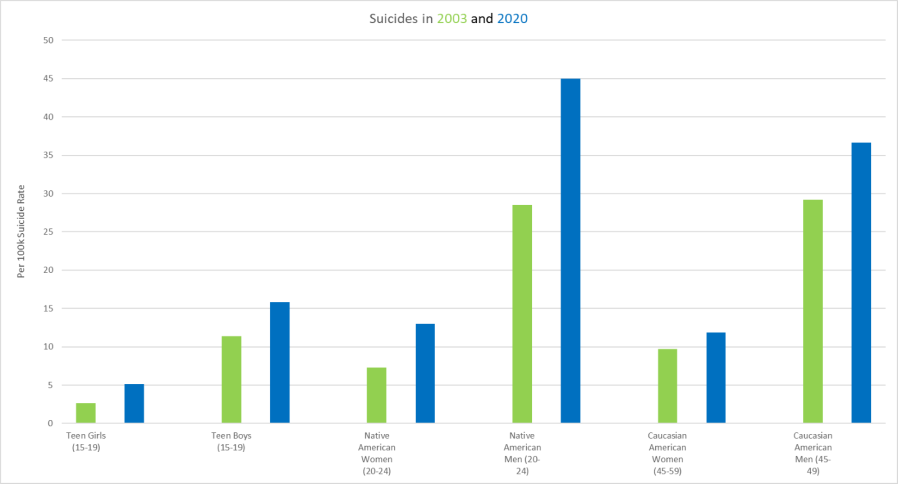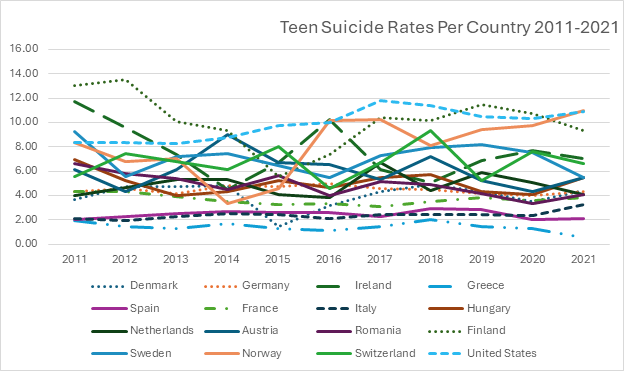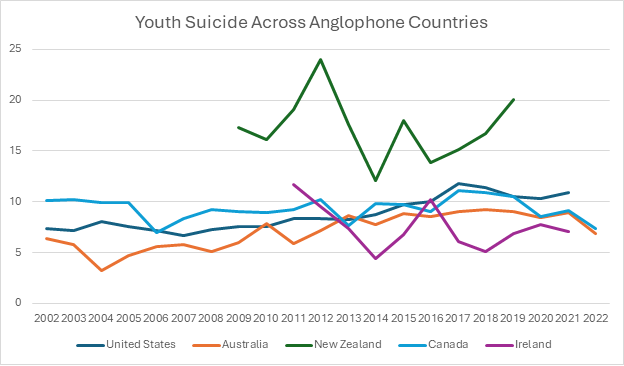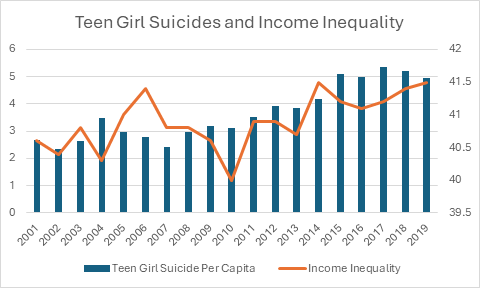The new moral panic: Social media

This year, my home state of Florida joined several other states in banning youth access to social media.
Thus far, these bans have been halted by the courts on First Amendment grounds, but I expect we’ll see these cases move up through higher courts. The bans (as well as multiple lawsuits) are predicated on the belief that using social media causes mental health harm to youth. But the outcomes of these cases may hinge upon the research evidence.
Many parents and policymakers view the belief that social media use is harmful for youth to be common sense. However, many people thought the same about action video games causing school shootings (they don’t), or 1980s rock music causing Satanism and suicide (nope), or 1950s comic books causing delinquency and homosexuality (they didn’t).
This is a phenomenon known as moral panic; new media or technology touches off an extreme fear reaction by older generations, including policymakers. These past panics can seem self-evidently silly. Yet we don’t learn well from history; there’s always some reason to think the new technology might be different.
But is it?
Much of the concern regarding social media is fueled by a rise in mental health problems in the United States. Considerable attention has focused on teen girls, primary consumers of social media and smartphones. According to the Centers for Disease Control and Prevention, the number of girls attempting or considering suicide has risen in recent years, contributing to the current panic around social media use.
However, often lost in this discussion is that suicides among middle-aged adults, particularly men, are both multitudes higher — roughly 3 to 5 times — and have risen more precipitously during the same period noted for teenage girls. By focusing on teen girls and ignoring older adults, we’ve missed that the problem is multigenerational, and not something specific to teens such as smartphone or social media use.

Furthermore, research evidence has found that multi-year patterns in teen social media use do not predict patterns in teen suicide. Add to this that teen suicides (but not older adult suicides) declined in 2022, and this suggests we’re on the wrong path.
If social media were causing an increase in teen suicides or other mental health problems, we’d expect to see this pattern across countries that have high technology adoption. But we don’t. Across Europe as well as Australia, New Zealand and Canada, there is no pattern that indicates an increase in suicides among teens during the social media age.
For instance, in the graph below, I present youth suicide data across European countries. There is no pattern indicating an increase in suicides for recent years. Across all European countries, youth suicides are actually slightly down during the social media age.

This is true also for anglophone countries, where there is little evidence for a trend over the past 20 years.

Furthermore, research evidence finds that cross-national changes in internet, smartphone and social media use are not associated with any pattern changes in youth mental health. So, something is happening with mental health in the U.S., but it’s something specific to the U.S. and it’s not limited to (or even primarily in) teens.
We need to refocus our attention.
Research on individuals also doesn’t support the belief that social media is driving mental health concerns. I recently published a meta-analysis of randomized experiments examining whether reducing social media time improves mental health. It does not. Put simply: It is not possible to make a causal claim that time spent on social media impacts mental health.
Some people might say “Aha, correlation doesn’t equal causation!” But it’s actually hard to find evidence for a correlation either. In a recent meta-analysis of correlational studies looking at screens including social media and smartphones, no correlation with mental health could be found.
As often happens with moral panics, the public have been presented with a case for effects that actually ignores considerable research evidence that we should slow down and consider other possibilities.

What other possibilities might explain youth suicides in the U.S.? Actually, quite a few things. Even controlling for ecological fallacies (a tendency for two things to correlate by chance), variables ranging from fatherlessness rates to income inequality are far stronger predictors of teen suicide than smartphone use. Of course, these data are correlational and need to be subjected to rigorous analyses. But alternative hypotheses are myriad.

This, of course, is the main risk of moral panics. An obsessive focus on technology can cause us to miss real causes of bad outcomes. In the meantime, little progress will be made on mental health, because society is focused on the wrong thing.
Christopher Ferguson is a professor of psychology at Stetson University and author of “Catastrophe! How Psychology Explains Why Good People Make Bad Situations Worse.”
Copyright 2023 Nexstar Media Inc. All rights reserved. This material may not be published, broadcast, rewritten, or redistributed.


